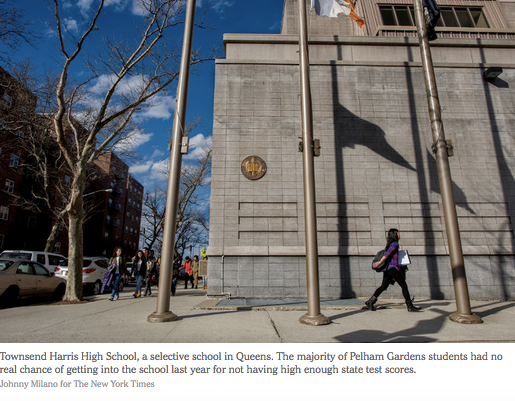Under a system created during Mayor Michael R. Bloomberg’s administration, eighth graders can apply anywhere in the city, in theory unshackling themselves from failing, segregated neighborhood schools. Students select up to 12 schools and get matched to one by a special algorithm. This process was part of a package of Bloomberg-era reforms intended to improve education in the city and diminish entrenched inequities.
There is no doubt that the changes yielded meaningful improvements. The high school graduation rate is up more than 20 points since 2005, as the administration of Mayor Bill de Blasio has built on Mr. Bloomberg’s gains. The graduation gap between white and black or Hispanic students, while still significant and troubling, has narrowed.
But school choice has not delivered on a central promise: to give every student a real chance to attend a good school.
Segregation in New York Schools
Segregation in the city’s schools cannot be dismissed as an unsolvable problem. And though housing plays a role, decades-old educational policies have reinforced inequality and placed many low-income black and brown children on the road to second-class citizenship.
The Times’s Elizabeth A. Harris and Ford Fessenden made that clear last week in “The Broken Promises of Choice in New York City Schools,” an investigation of how a school choice initiative actually traps many low-income children in an inferior system-within-a-system.
Created during the mayoralty of Michael Bloomberg, New York’s choice system frees eighth graders who once would have attended their neighborhood high schools to apply anywhere in the city. But many of the most desirable high schools seem to have washed their hands of all but the best-prepared students by basing admission on auditions, or scores on a one-day, high-stakes test, or top performance on statewide exams, or portfolios of middle school work. Others apply vague entrance criteria that leave a room for arbitrariness.




